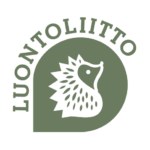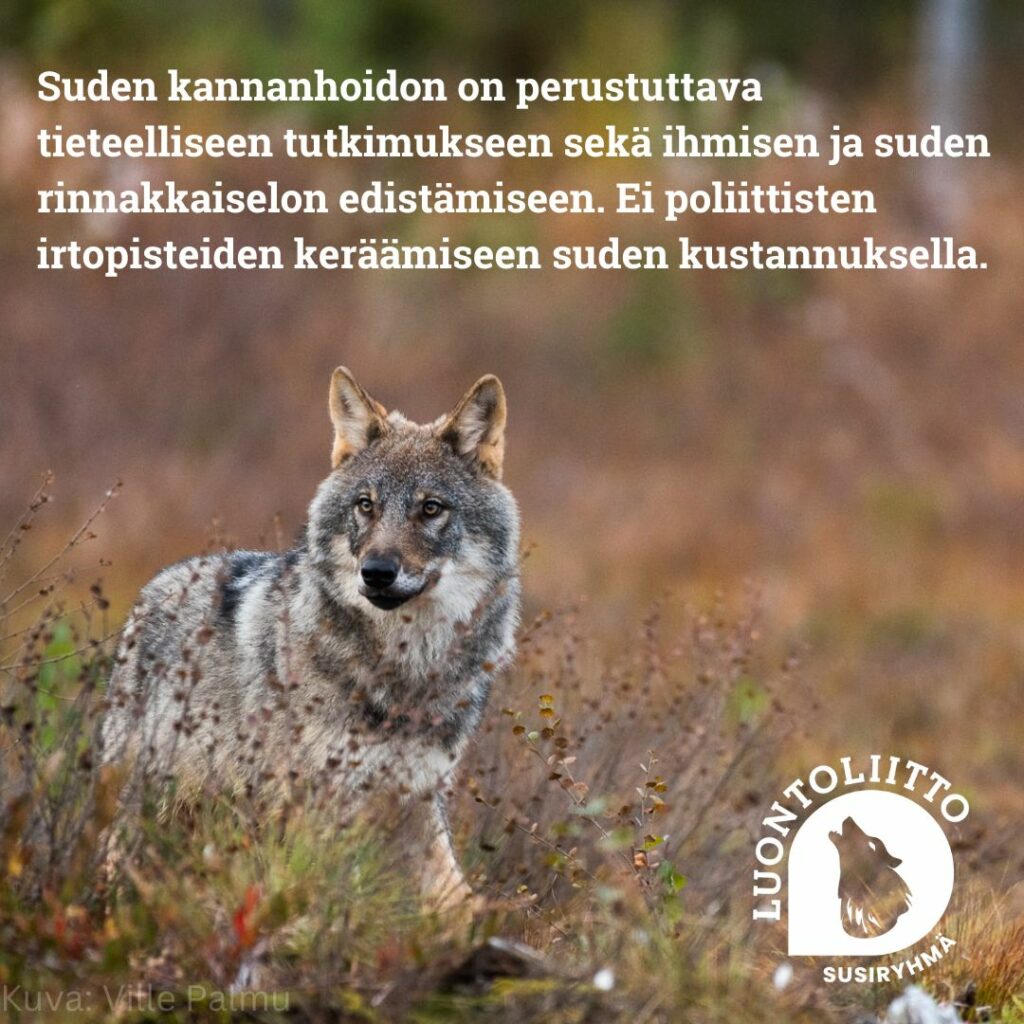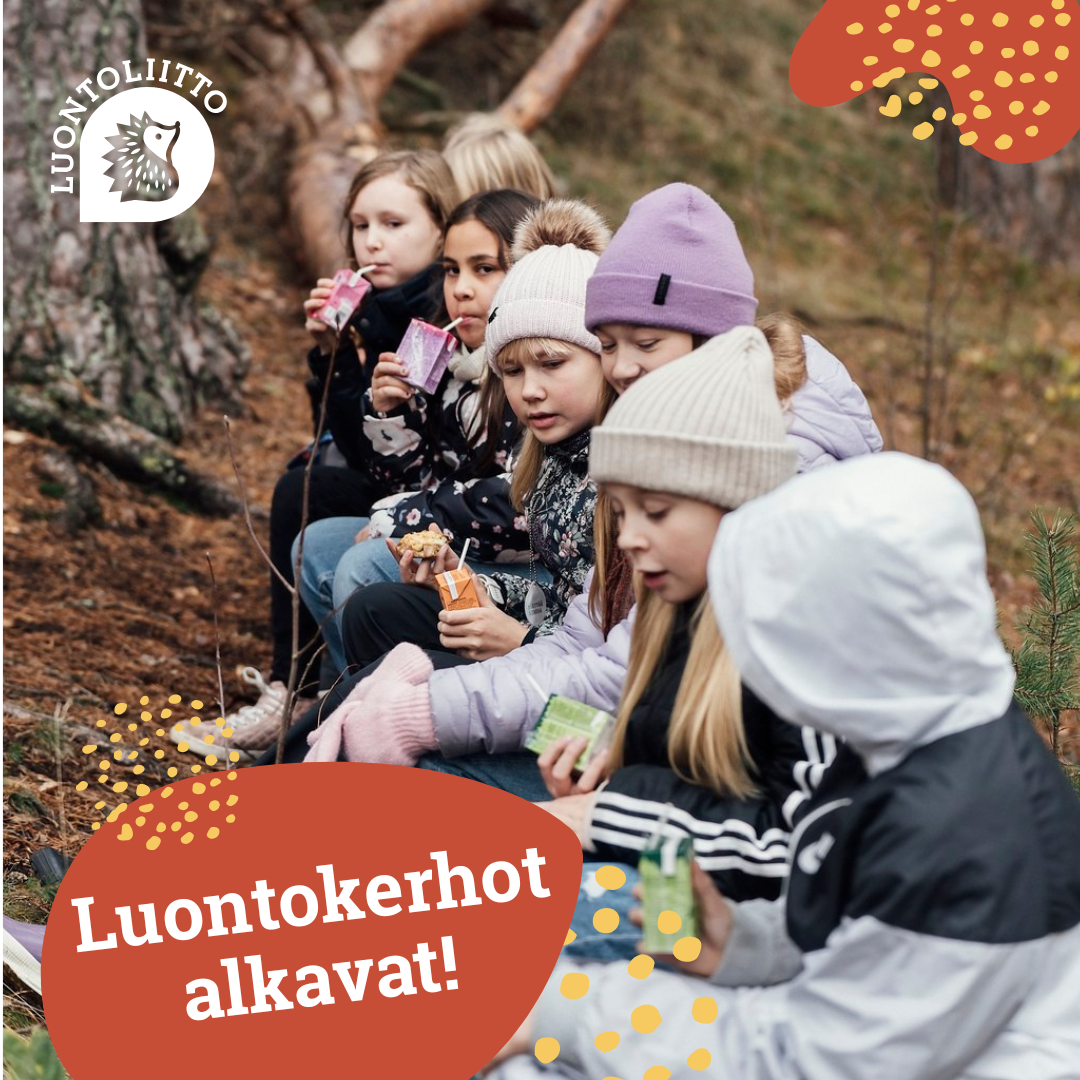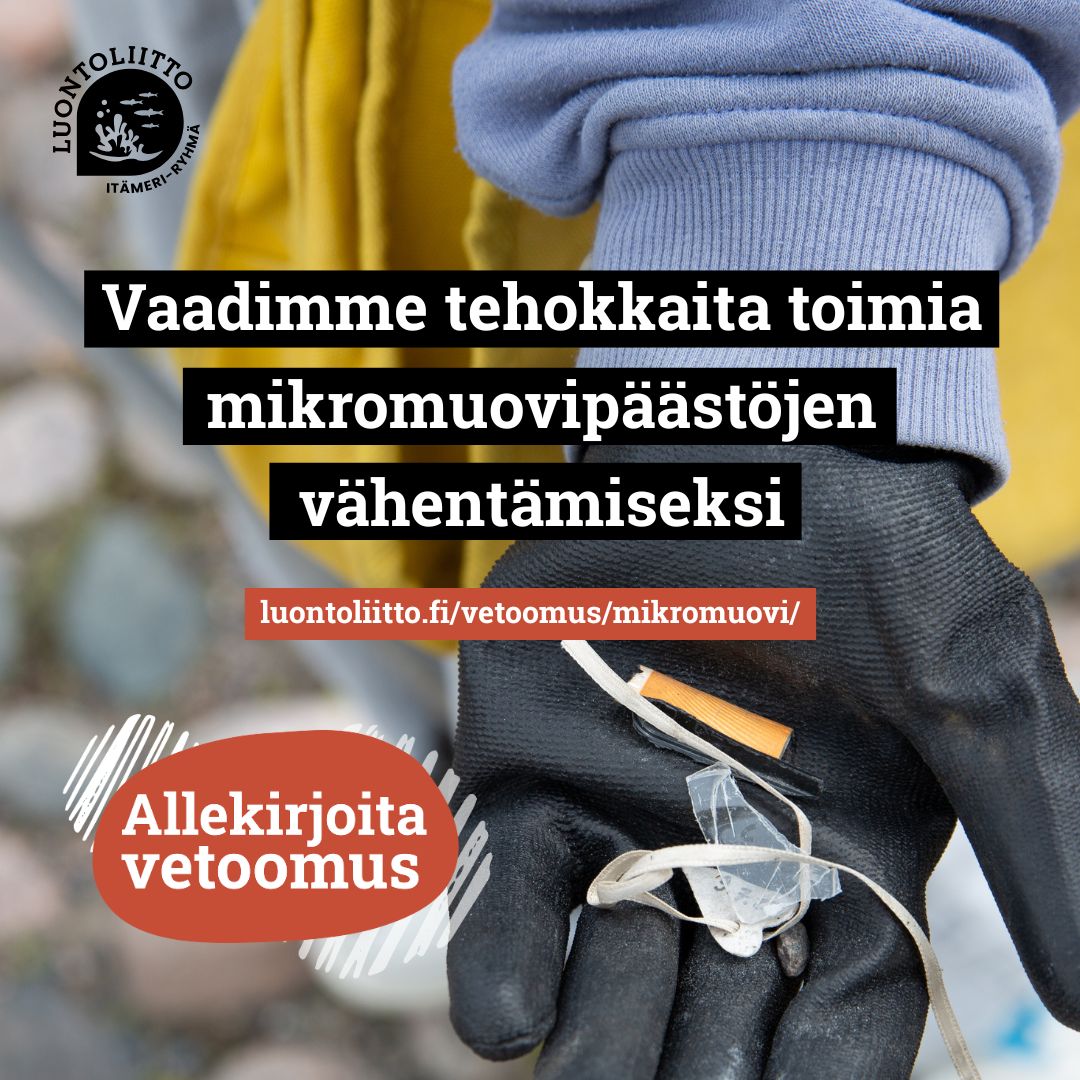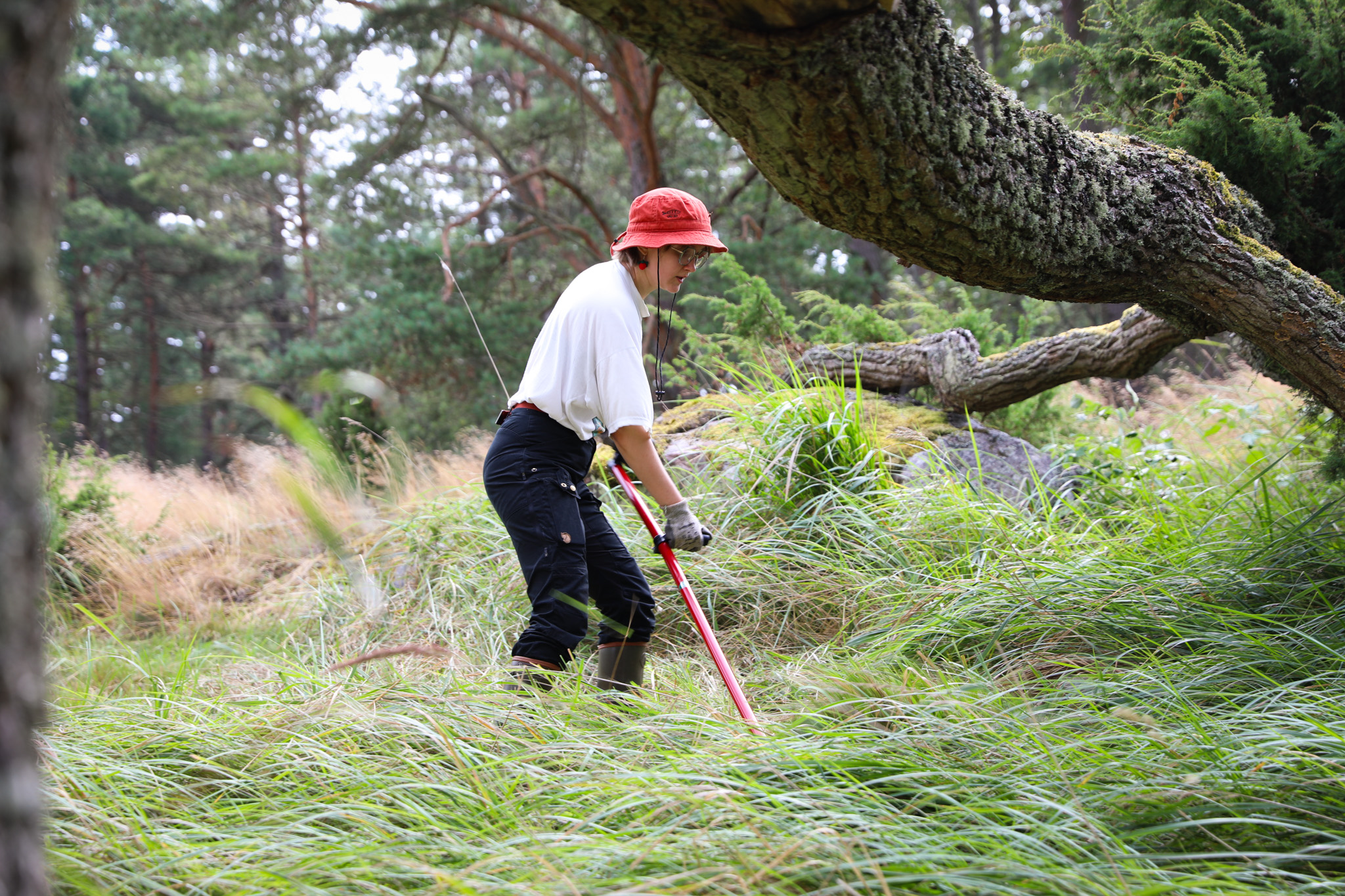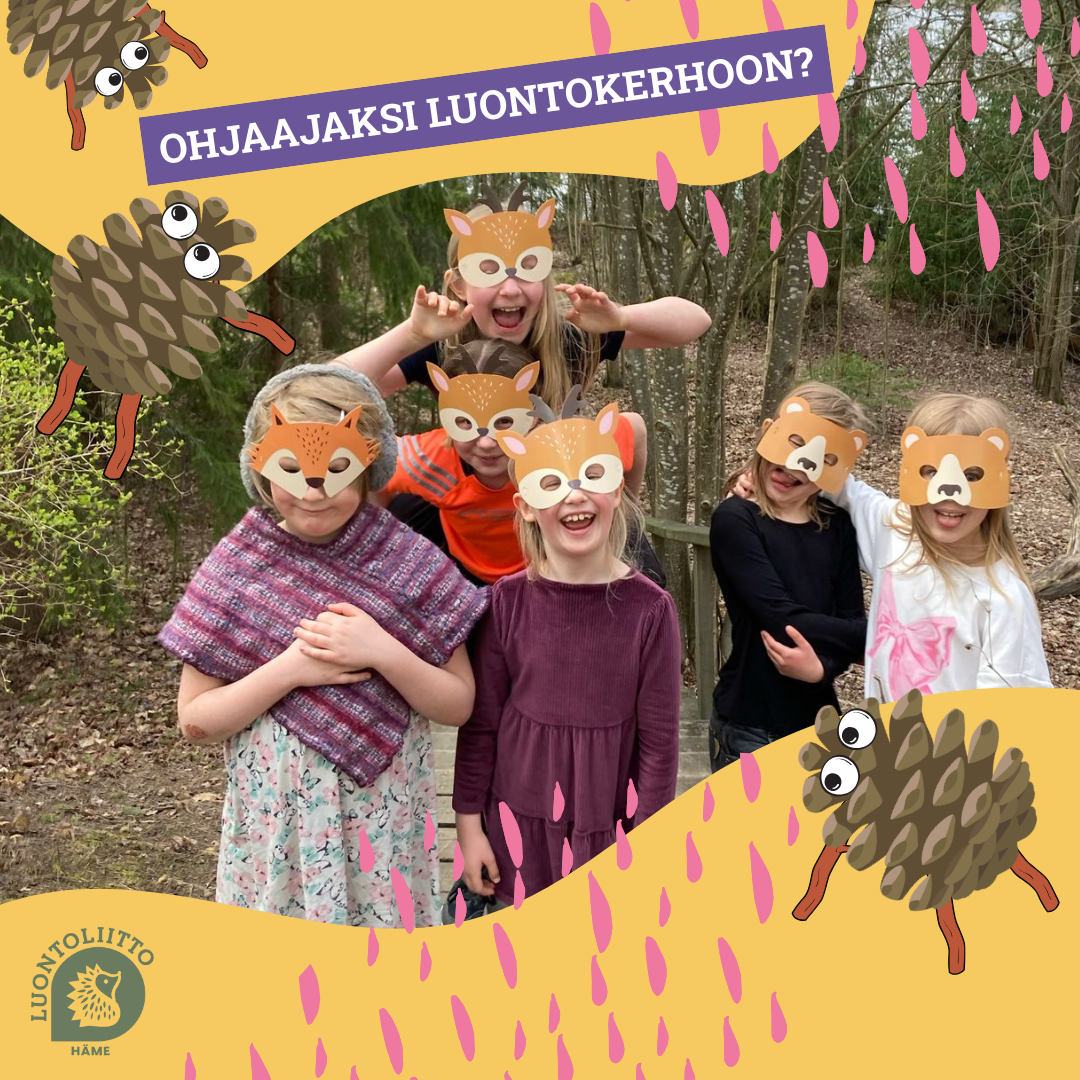European Commission
EC-WOLF-DATA-COLLECTION@ec.europa.eu
Helsinki, 22 September 2023
Re: European Commission´s request for up-to-date data on wolf populations and their impacts. Contribution from Luontoliitto – The Wolf Action Group, Finland.
Finland´s wolf population has an unfavourable conservation status and shows an impoverished genetic diversity.
According to the latest wolf population estimate done by the Natural Resources Institute Finland (Luke), there are currently 291–331 wolves living in Finland[1]. Finland´s wolf population currently does not have a favourable conservation status and recent studies show that the population is too small to remain genetically viable in the near future[2].
Due to the Finnish authorities´ lax use of the derogation possibilities under Article 16(1) of the Habitats Directive and the persistent high levels of poaching, the population development and hereditary diversity of the Finnish wolf population have not improved.
Wolf attacks to hunting dogs are minimal.
In Finland, the rate of mortality for hunting dogs that is attributed to the wolf attacks accounts for less than 0.1% of the total causes of death. This is almost negligible when compared to other causes of death such as traffic accidents, which account for 12.5% of the mortality rate[3]. Due to their use in sport hunting in Finland and Scandinavia, hunting dogs suffer every year numerous fatal injuries and deaths by many different causes other than wolves[4].
Wolf predation rates on livestock are very small.
The damages to livestock outside of the reindeer husbandry area very small in Finland when compared to other European countries. It is estimated that on average, 30–50 sheep are attacked by wolves each year, and less than 20 attacks are caused to other types of livestock. Prevention of damage to livestock with non-lethal measures such as electric fences have proven to be effective up to 100%[5].
Hunting of wolves to prevent depredation is ineffective and counterproductive.
The use of lethal methods to manage wolf populations has negative animal welfare implications and in the case of preventing livestock predation, it has been proven to be ineffective and even counterproductive[6]. Hunting has also been shown to have a negative effect on the social acceptance of the species[7].
The rate of hunting that would be necessary for observing a significant decrease in the depredation rate is so high that it would compromise the conservation principles and goals of the Habitats Directive.
Hunting does not increase wolves´ fear of humans.
The opinion that wolves must be hunted to increase their sensitivity to humans has no scientific basis[8]. Despite this, Finnish authorities continue to use this as a justification for the need to implement population management hunting of wolves[9].
Habituation is in fact vital to the survival of the wolf as it returns and adapts to human-dominated landscapes. This form of habituation, in which animals tolerate humans at a certain distance without showing an interest in them, is unproblematic[10].
Contrary to international recommendations, where the established distance for assessing whether a habituated wolf can be a cause of concern is 30 meters, in Finland authorities are using 100 meters for declaring a wolf as a cause of concern. This arbitrary guideline does not consider that wolves have a large range of tolerance towards humans and have been shown to move away from an approaching person from between 17 to 310 m away[11].
A small wolf population leads to negative economic, social and ecological impacts.
The small numbers of wolves and other large carnivores currently present in Finland has led to an explosion in the population numbers of different ungulates, causing an important increase in economic and social damages such as traffic accidents and ecological ones such as agricultural and forestry losses. As an example, since 2010, the number of deer crashes in Finland has increased from approximately 4,000 accidents per year to around 13,300 accidents in 2019[12].
The wolf does not need to be hunted for population management purposes.
As key predators, wolves do not need to be hunted to control their population numbers as they have the capacity to limit their own population densities (self-regulation). The traits that contribute to self-regulation depend on social stability and highlight the importance of ending the hunting of wolves and other top predators. Examples of this self-regulation traits are slow reproductive rates, territoriality, high dispersal rates, reproductive inhibition in subordinate pack members, a propensity towards infanticide, dependence on prey availability and competition with other predators.
Keeping stable wolf packs is the key to reduce conflicts.
Wolf population management hunting has been proven to have detrimental effects on the survival of the pack, altering its prey selection and hunting success and ultimately causing its dissolution. The dissolution of the wolf pack weakens the wolves´ ability to hunt, and in turn increases the damages to domestic animals, while in turn, stable wolf packs behave more predictably, and this reduces conflicts[13].
Behind wolf hunting for population management purposes there are trophy hunting interests.
The current interest and pressure from the Finnish authorities to downscale the protection level of the wolf and allow its hunting for population management purposes is connected to the interest for the wolf to be hunted as a trophy. This is due in part to the fact that the skull, pelt or any other part of the animal is a rare and valued hunting souvenir which is only legally obtained when the wolf is hunted for population management purposes.
Polls show that EU and Finnish citizens are on the side of the wolf.
According to a survey commissioned by the umbrella organization Eurogroup for Animals regarding the public perceptions of the wolf, the vast majority of EU citizens showed strong support for the protection of wolves and opposed their killing under all circumstances.
According to this survey[14], 88% of respondents in Finland are of the opinion that wolves belong to nature in the same way as foxes, deer and hares, and 90% of respondents said that wolves have the right to live in the wild (90%). These results clearly show that the opinions of farmers and hunters do not represent that of the majority of EU citizens and instead the majority wants to keep the present level of protection for wolves.
Finland has already a lower protection status area for the wolf which is today empty of wolves.
In Finland, the reindeer-herding area of Lapland is listed in Annex V (species whose taking in the wild and exploitation may be subject to management measures) and this area has been cleared of wolves.
Currently not a single wolf pack is allowed to live in the Lapland area and population management hunting permits are granted on a constant basis by the authorities, contravening Article 11 of the Habitats Directive, which states that any exploitation of the protected species should be compatible with it being maintained at a favourable conservation status.
This situation has created a genetic bottleneck in the north of Finland, where wolves are not allowed to migrate to/from Finland to Sweden or Norway, greatly affecting the genetic diversity of the Finnish and the Scandinavian wolf population.
Finnish authorities should be neutral on the wolf issue.
It is highly questionable that in Finland the Ministry of Agriculture and Forestry openly supports the lowering of the protection level for the wolf. This is especially alarming when considering that the ministry has received more than 5.5 million from the EU Commission to implement the LIFE BOREALWOLF project, where the purpose is to promote the coexistence between the highly endangered wolves and humans[15].
Although the majority of Finnish citizens do not hunt and want the wolf to have the opportunity to live the life natural to the species, Finland’s wolf management policies continue to cater to the interests of those who enjoy hunting or use animals to extract private economic benefits.
Wolf conservation has a vast potential as a climate change solution.
Studies are now showing that wildlife conservation can be a powerful carbon capture and storage solution. Wildlife, throughout their interaction with the environment, are the missing link between enhancing biodiversity and restoring our climate. According to a recent report[16], rewilding only nine key wildlife species, of which one is the gray wolf, would contribute more than 95% of the annual requirement to achieve the global target of extracting 500 billion metric tons of carbon dioxide from the atmosphere by 2100.
Wolf protection should be based on science and ecology, not on political gain or private economic interests.
Prominent ecologists now agree that the loss of predators is a major driver for the destabilisation and collapse of ecosystems, leading to pandemics, irruptions of invasive species and loss of ecosystem services.
The return of the wolf to Finland is a conservation success. Given the many satisfactory alternatives nowadays available for achieving coexistence with wolves, our Finnish and EU representatives should focus on increasing the level of environmental education in the public and widely sharing fact-based information about the importance of wolves and other predators for health of our ecosystems, while making every effort to restore our natural heritage for future generations.
We therefore request that the European Commission refrains from downgrading the protection status of the wolf (Canis lupus) under the Habitats Directive and safeguards the current level of protection, basing its decision on science-based policymaking, in accordance with the principles and targets of the EU´s biodiversity strategy for 2030.
Yours sincerely,
Mari Nyyssöla-Kiisla, Chairperson,
Francisco Sánchez Molina, Large Carnivore Coordinator
Luontoliitto – The Wolf Action Group
susiryhma@luontoliitto.fi
luontoliitto.fi
[1] Heikkinen etal. 2023. Susikanta Suomessa maaliskuussa, 2023.
[2] Valtonen et al. 2021. Suomen susikannan suotuisen suojelutason viitearvojen määrittäminen: väliraportti syyskuu
[3] https://jalostus.kennelliitto.fi/frmEtusivu.aspx
[4] Metsästyskoirien tautiriskit 2022. Uuna Posti
[5] Pellikka, 2020. An evaluation report on the best damage mitigation practices used in wolf conservation.
[6]Fernández-Gil, et al. 2018. Large Carnivore Management Plans of Protection: Best Practices in EU Member States.
[7] Adrian Treves Jeremy Bruskotter, 2014. Tolerance for Predatory Wildlife.
[8] Reinhardt, 2020. How to Deal with Bold Wolves.
[9] Maa- ja metsätalousministeriö 2015. Suomen susikannan hoitosuunnitelma
[10] Reinhardt, 2020. How to Deal with Bold Wolves
[11] Frank et al. 2007. At what distance do wolves move away from an approaching a human
[12] Matala et al. 2021. Hirvieläinten vaikutuksia yhteiskuntaan, elinkeinoihin ja ekosysteemiin : Synteesiraportti
[13] Suutarinen, 2020. Ecology of Lawbreaking. Effects of poaching on legally harvested wolf populations in human-dominated landscapes
[14] Eurogroup for Animals and Savanta, 2020. Wolf Protection Research.
[15] https://mmm.fi/-/maa-ja-metsatalousministerio-kannustaa-vaikuttamaan-komissioon-suden-tiukan-suojelun-muuttamiseksi?fbclid=IwAR3z3WnoPi4o53WBO-nF84_nsA8vYVwOxNwP4OtslTm2TgivsXw0QrXu1hg
[16] Schmitz et al. 2023. Trophic rewilding can expand natural climate solutions. Nature Climate Change
